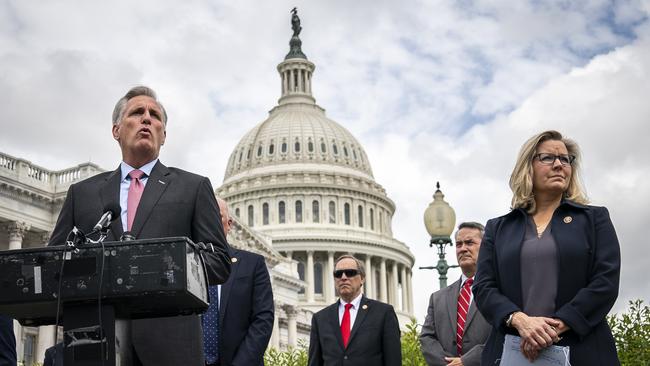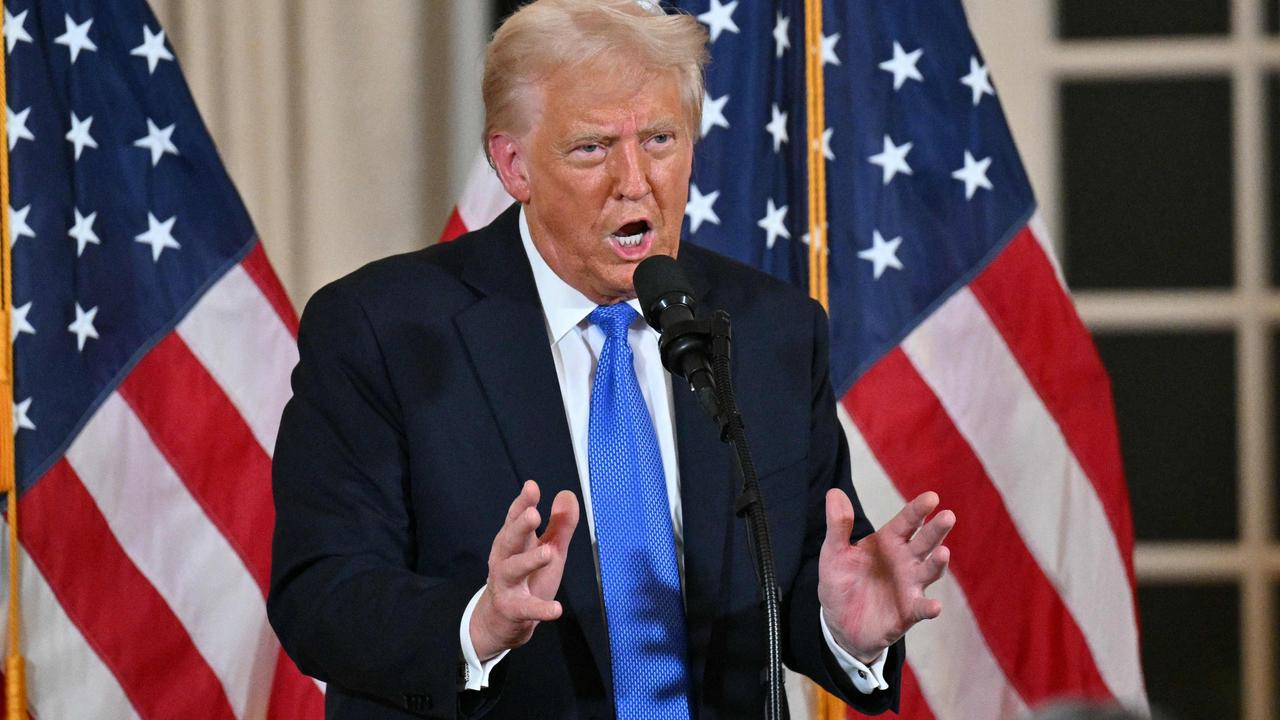As with Tea Party, Republicans chiefs try to control a rebel army

When the Tea Party movement emerged in 2009, Republican leaders assumed they could humour its followers and capture their intensity, while keeping them under control.
They were wrong. Instead, the party’s leaders were consumed by the movement they tried to corral, and by the grassroots anger they thought they could use to their advantage.
Tea Party energy helped propel Republicans into a House of Representatives majority and make John Boehner the speaker — yet he was never able to contain the movement he was riding and eventually resigned in frustration.
The task of riding herd over the Tea Party caucus fell to three younger house leaders, who fashioned themselves as the Young Guns: Paul Ryan, Eric Cantor and Kevin McCarthy. Ryan became speaker but he, too, eventually left congress in frustration. Cantor was beaten in a Republican primary by a Tea Party upstart.
That left McCarthy, who today is the top house Republican. And he is, to some extent, struggling to manage an angry army of insurrectionists within his own party, this time in the form of former president Donald Trump and his followers. Now, as before, McCarthy is trying to bend to this force in hopes he can use its energy in next year’s mid-term elections. First he paid homage to Trump personally by visiting him at his new headquarters in Mar-a-Lago, and then by backing away from criticism of Trump’s claims that the 2020 election was stolen, and of the role he played in sparking the January 6 insurrection at the Capitol.
Now, famously, McCarthy this week appears set on engineering the ouster of Liz Cheney from a house leadership position because she continues to challenge the former president over his unsubstantiated 2020 election claims and to point a finger of blame at him over his role in the Capitol insurrection.
Far more than is commonly realised, this is an attempt not to expand Trump’s role in the party but to control it. Many Republicans think Cheney only keeps the spotlight on Trump by continuing to publicly call him out over the 2020 election, thereby making it harder to move past that chapter. They think she is the one enabling the former president and his love for attention.
Cheney has a quite different view, of course. She has made it clear that refusal to accept the outcome of a valid national election will become a defining characteristic of the Republican Party if allowed to stand, and that a party must confront such an argument rather than simply move past it.
McCarthy and other house Republican leaders think they are pursuing a more forward-looking goal, which is to take back control of the chamber in next year’s midterm elections. Doing so, they believe, will require the energy and support of Trump and his considerable base of supporters.
To secure that support, McCarthy is prepared to jettison Cheney and her conservative voting record in favour of Elise Stefanik of New York, a one-time Trump critic who voted against his administration’s signature policy achievement, the 2017 tax-cut package, and criticised his decision to withdraw from the Paris climate accords. But Stefanik now is a Trump loyalist and has his backing, which has become a more important credential for Trump followers.
The question facing McCarthy and other party leaders is whether they are again mistaken in assuming they can channel the energy and anger of a grassroots movement without being overtaken by it. They may be right in making such an assumption. Much of politics today is defined by who you are against more than what you are for, and opposition to liberals, Democrats and the Biden administration’s aggressive agenda may be enough to unify disparate Republicans. Democrats’ leftward move on policy and culture could serve to weld together Trump foot soldiers and more traditional party leaders.
Yet a movement that is fundamentally anti-establishment tends, eventually, to grow jaundiced about those in the establishment. The Tea Party movement arose from anger over taxpayer bailouts of financial companies and homeowners who took unreasonable risks leading up to the financial crisis of 2008 and 2009. It morphed into anger at Obamacare and federal debt.
That anger evaporated when the Trump administration began ringing up record budget deficits. Tea Party leaders embraced Trump anyway, largely because he shared their animus toward the political establishment. Ultimately, the Tea Party movement was defined mostly by its distrust of that establishment; it was less about ideology and more about attitude. And eventually, of course, it bucked off the Republican leaders who tried to ride it.
The Wall Street Journal


